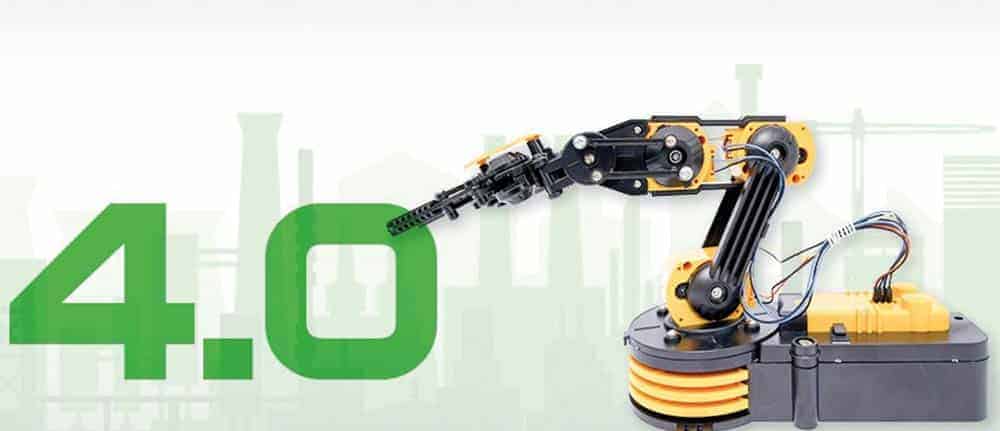IoT and digital manufacturing - networking is what counts


More than one in two companies in this country already has an IoT vision. 40 percent of companies are working on an IoT implementation plan. 79 percent expect investment to increase in the coming years.
The figures show that resistance in companies is dwindling. This makes it all the more important that IoT projects are not approached half-heartedly, but lead to mature use cases and new business models. The dimensions of networking described here show what to look out for in the process.
1st dimension: data collection
The basis of the Internet of Things is - as the name suggests - the connection of physical objects with a data-driven network. The communication interface is usually established via sensors that collect and pass on information in large numbers.
Here it is already important to set the course for productive use: Can the IT infrastructure cope with the large volume of data? Can data be filtered or compressed right at the start so that only the important information reaches further networks?
The question of the form in which the digital twin is mapped in the system must also be satisfactorily resolved in order to keep the IoT application scalable for larger deployments.
2nd dimension: system landscape
The market for IoT solutions and solution components is in a constant state of flux as new, specialized approaches and best practices are developed with each pilot project. It is important to find a path for your own company that avoids silos and integrates seamlessly with existing systems.
Speaking for the SAP world: SAP Leonardo IoT, SAP Leonardo IoT Application Enablement, SAP MII, SAP ME, SAP PCo and SAP Digital Manufacturing Cloud - the list can be extended individually for each company - must be integrated in digital manufacturing in such a way that continuity between top floor and store floor is guaranteed.
Only when networking takes place not only from physical to digital, but also from digital to digital, will decision-makers have the opportunity to fully exploit IoT potential in business applications and evaluate new business models.
3rd dimension: IT megatrends
The consulting firm IDC predicts that basic blockchain services will be used in 20 percent of all IoT deployments by 2019. Especially when it comes to tamper protection during data transfer, IoT and blockchain can excel together.
This creates use cases that make the transport of sensitive goods safer, for example. However, not only blockchain, but also other IT megatrends can be combined with applications from the Internet of Things to achieve a holistic approach:
Analysis functions from the field of Big Data, machine learning and machine-to-machine communication from the field of AI (artificial intelligence) or the control of systems via mobile voice input.
Companies planning IoT projects can increase the impact momentum by networking the different digital transformation initiatives in their house and aiming for integration of all activities from the very beginning.
Not one-dimensional, but multi-dimensional is the maxim when it comes to planning and implementing a strategy for the Internet of Things. To ensure that the new solutions become a driver of growth and profitability, companies need to be far-sighted and deeply networked.






